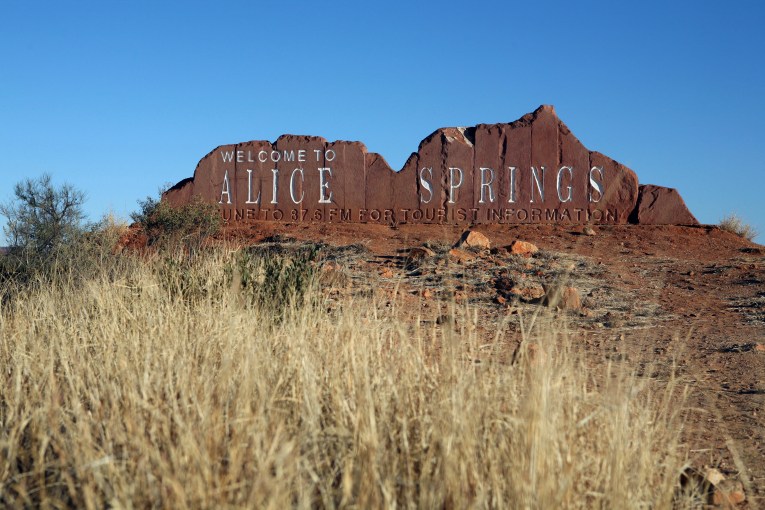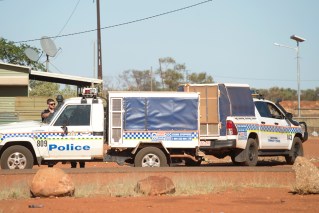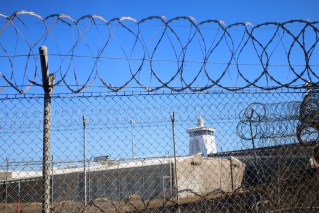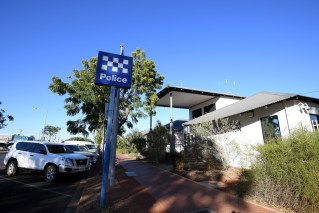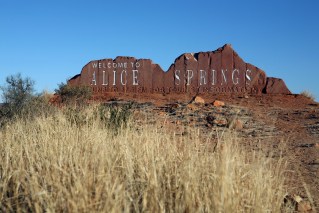Top End space race satellite dish saved
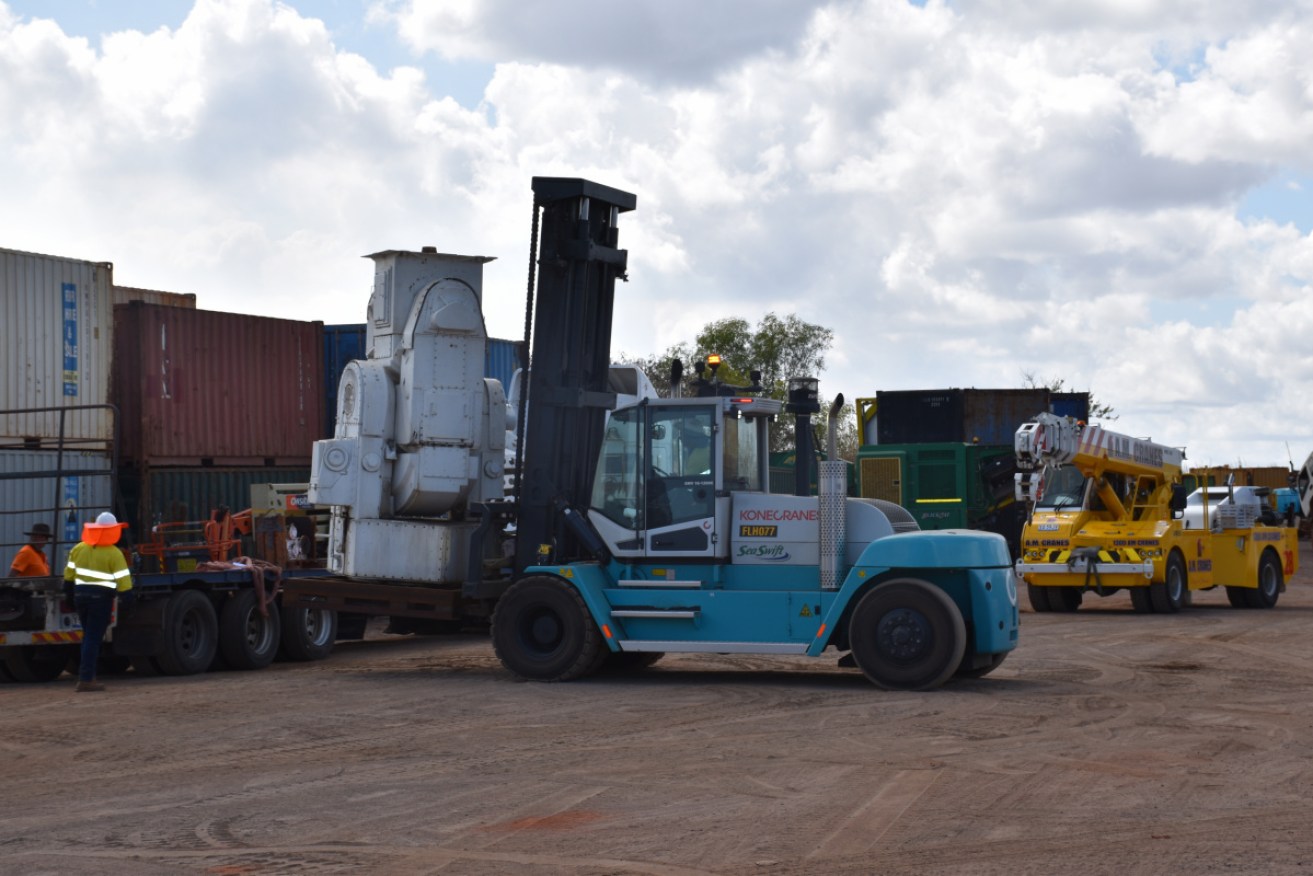
The space race-era 1960s satellite dish is a bit down on its luck at the moment – but brighter days are ahead. Photo: AAP
A remote Northern Territory satellite dish that helped track rockets fired from Woomera during the space race has been heritage-listed.
The parabolic dish antenna was one of five installed in the 1960s at the Gove Down Range Guidance and Telemetry Station at Gulkula in Arnhem Land, about 800 kilometres east of Darwin.
Considered state-of-the-art technology at that time, it tracked the downrange path of rockets launched from South Australia’s RAAF Woomera Range Complex as they passed over the NT.
“This is a unique and fascinating part of our history that shows that the territory is, and has always been, a strategic location for space exploration,” Heritage Minister Chansey Paech said on Wednesday.
The rockets were fired by European Launcher Development Organisation, which was developing the Europa rocket to launch satellites into space.
“The ELDO’s satellite launch program was considered a spectacular and technically complex activity in Australia,” Mr Paech said.
It was formed by Belgium, Britain, France, Germany, Italy, and the Netherlands and was the forerunner to the European Space Agency.
The first test flight was launched in 1964, according to the ESA’s website.
“At dawn on 5 June, the weather was excellent and after an extremely smooth and efficient final countdown, the vehicle lifted off successfully at 9.11am,” a spokesman said.
“It followed its programmed course downrange, with its flight path and projected impact point being as planned.”
The Gulkula tracking station also included three vans filled with computing and recording equipment and a building containing optical calibration equipment.
It was all disassembled in the 1970s and moved to a Defence facility near Adelaide when the European research project ended.
But after almost 50 years, only one of the five 20-tonne satellite dishes survived.
The Arnhem Land Historical Society has since successfully lobbied for its return to the Gove Peninsula.
The society plans to reassemble it at its museum, about 20 km north of the original telemetry station.
The NT government has officially listed the satellite dish as a heritage object, which means it’s protected by the Territory’s Heritage Act.
The Gove Peninsula is also home to the Arnhem Space Centre near Nhulunbuy.
The centre is under construction with hopes it will be ready for use by NASA in mid-2022.
The space race was the competition between superpowers the US and the Soviet Union to achieve superior spaceflight capability.
It started after WWII during the ballistic missile-based nuclear arms race.
The Cold War adversaries linked spaceflight achievement to national security.
Some historians say the US won the race when it landed on the moon on July 16, 1969.
After the touchdown, Neil Armstrong became the first person to walk on the moon’s surface.
He famously described the moment as “one small step for man, one giant leap for mankind.”
-AAP
